Sophisticated, unique and high quality, exceptional audio experience – this is what Sennheiser has been working on ever since it was established, now shaping the future and history of audio technology as a third generation family business. On the occasion of the 75th anniversary of Sennheiser’s foundation, we reviewed the important milestones in the history of the company.
Intelligent audio technologies such as wireless headphones or noise filtering have become natural and kind of a given by today, but all of these are owing to Sennheiser’s innovation and solutions. Perfect sound, meticulous precision, innovative ideas and latest technologies span across the entire history of the brand.
How did it all start?
If we’d like to put it in a modern context, we would say the resemblance between Sennheiser’s foundation and a classic startup scenario is simply uncanny: even though the idea of the company was not conceived in a garage, as Fritz Sennheiser started his business in an old farmhouse near Hannover. This farmhouse is still owned by Sennheiser today and forms an integral part of their headquarters. But let’s not get ahead of ourselves. So a little after World War II, in 1945, the company known at the time as Laboratorium Wennebostel (or Lab W) was established, initially producing various measuring instruments for Siemens.
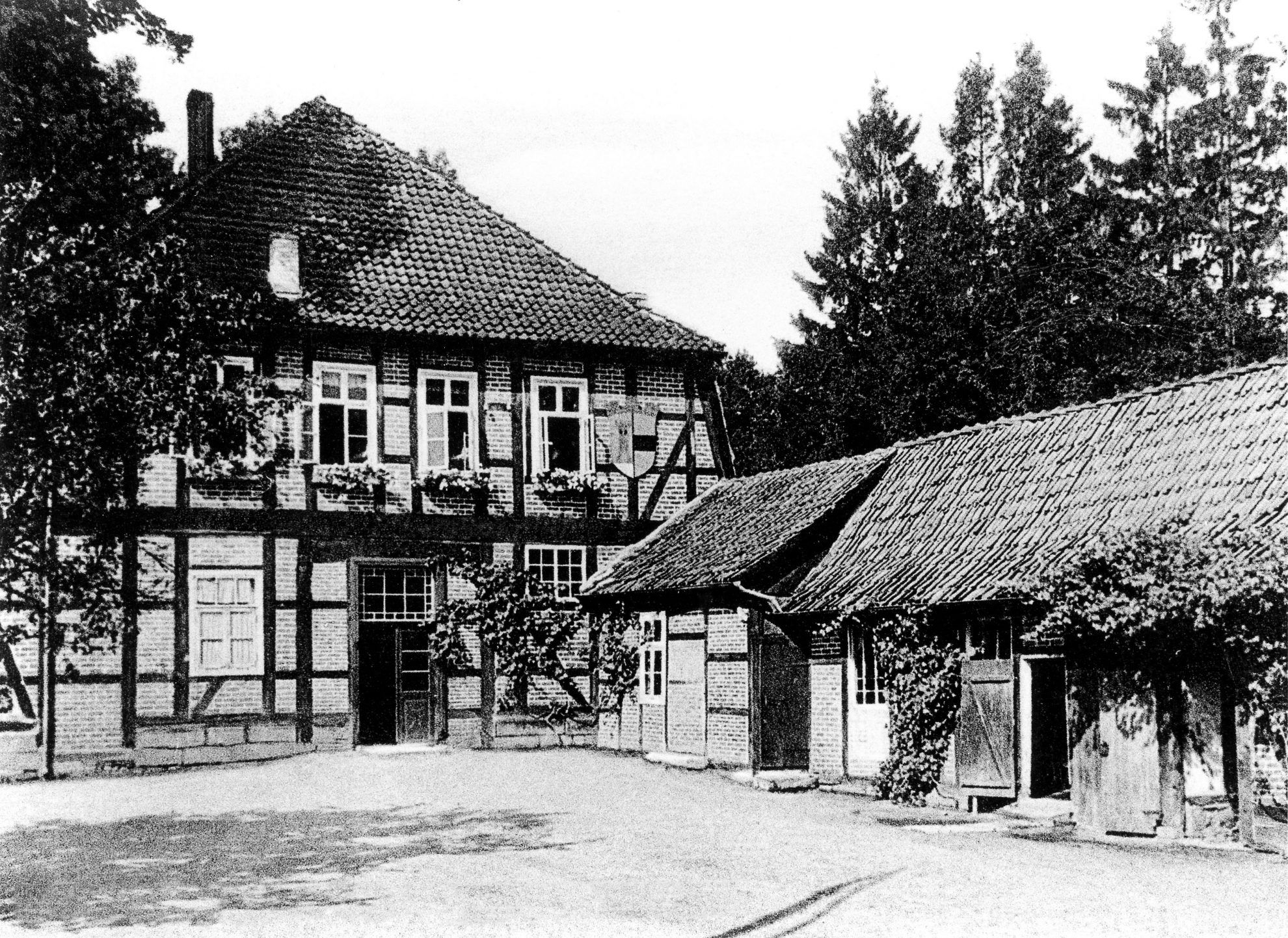
Siemens was so satisfied with Lab W’s work that they commissioned the laboratory to rebuild a microphone from an Austrian supplier already in 1945. This product was released in 1946 under the name MD 1, and proved to be such a success that Fritz Sennheiser started developing his own microphone in the very same year and released his product called MD 2 in 1947.
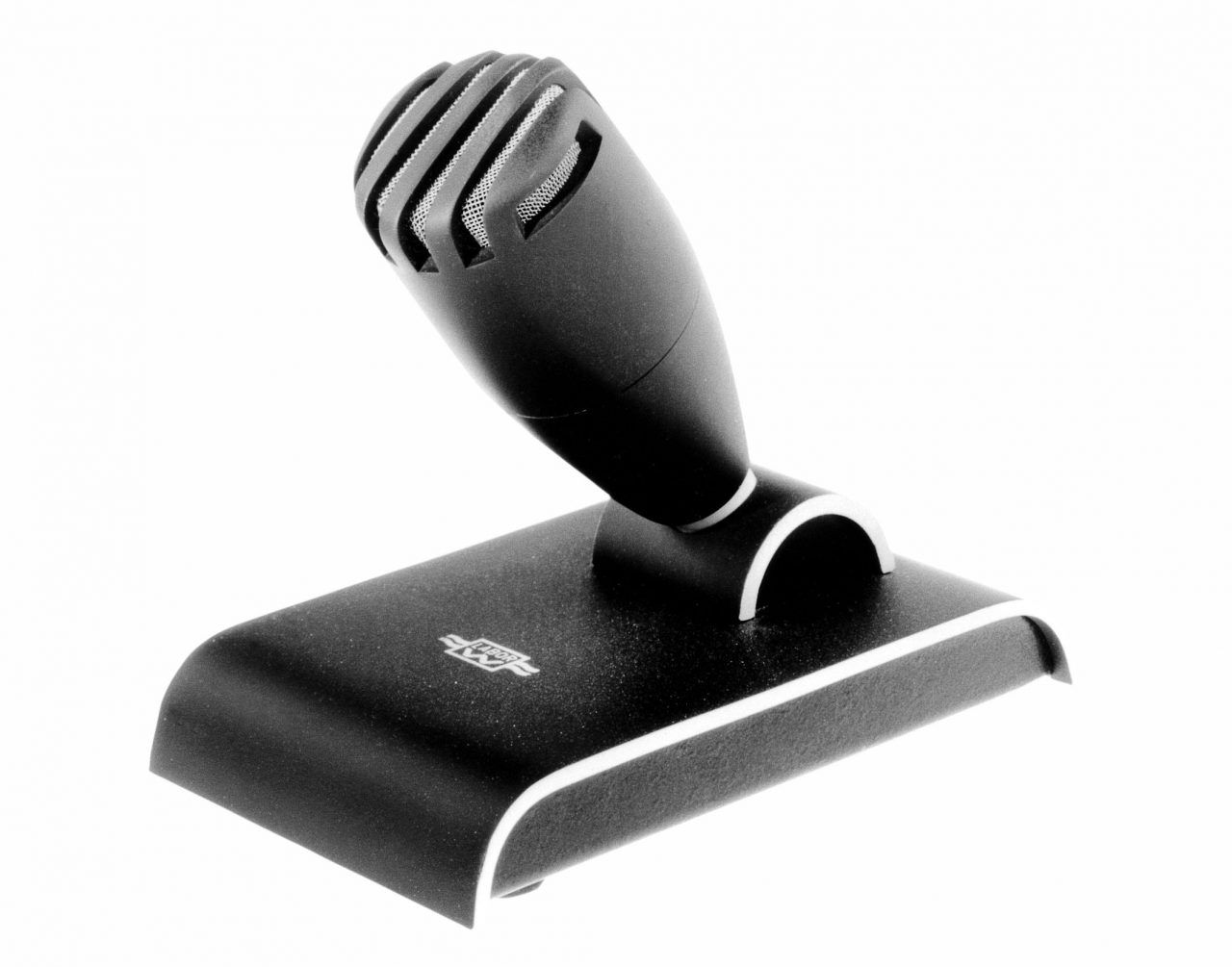
The fifties, the sixties and the seventies were mainly about microphone technology research and developments for Sennheiser.
Let’s see some pioneering examples!
An important development included for example the first shotgun microphone, named MD 82, or the wireless microphone system Microport intended for professional TV use, marketed with Telefunken. Since then, the term microport has become widely known and used, every manufacturer in our day uses it to denote clip-on microphone sets. In 1958, the company was named Sennheiser electronic, and slowly but steadily started to become indispensable in the field of audio technology.
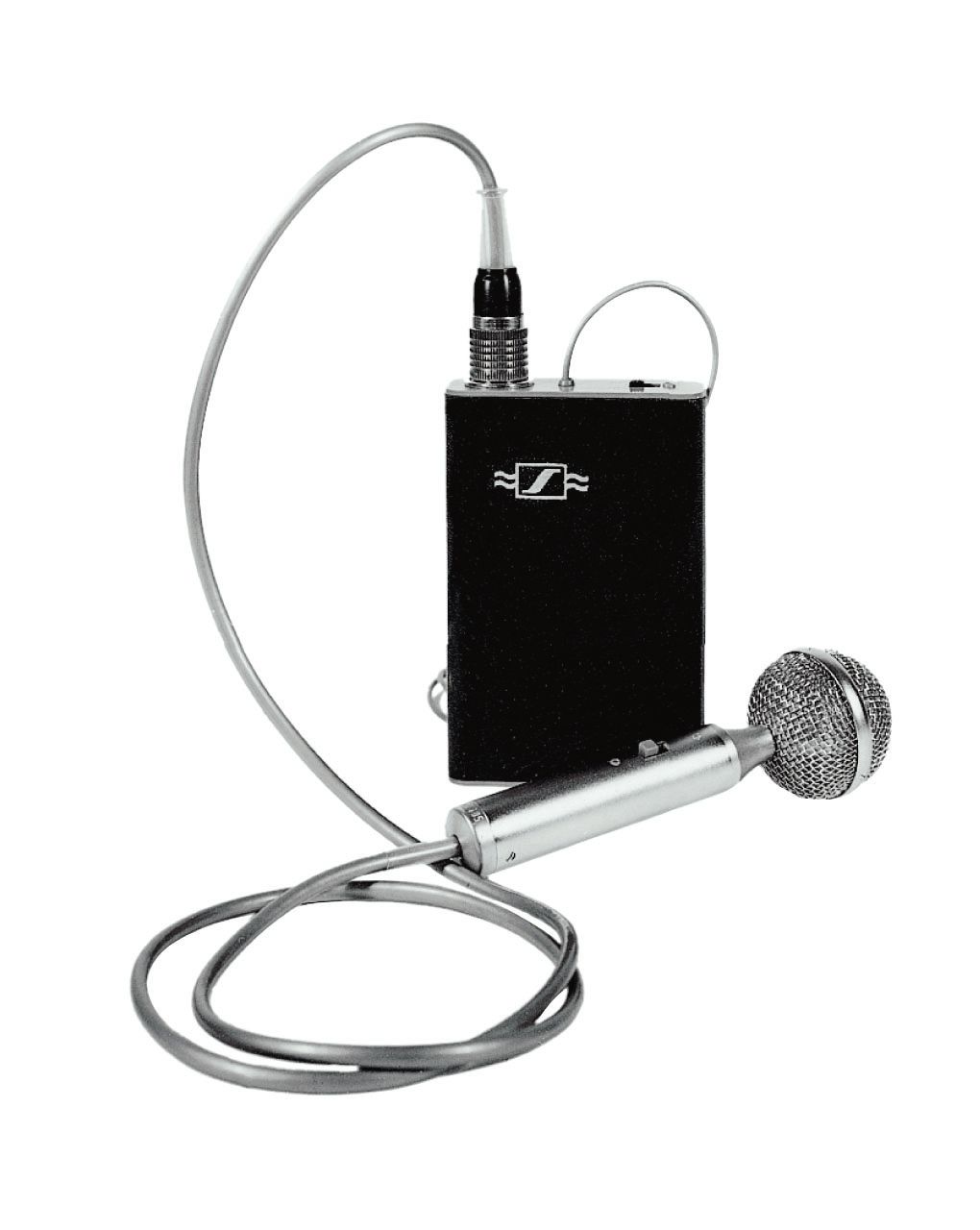
The sixties and the seventies proved to be a very productive and successful era for Sennheiser: this is when they released their dynamic microphone called MD 421 manufactured and sold to this day, or the classic MD 441, and the head-worn stereo microphone named MKE 2002 allowing for binaural audio recordings.
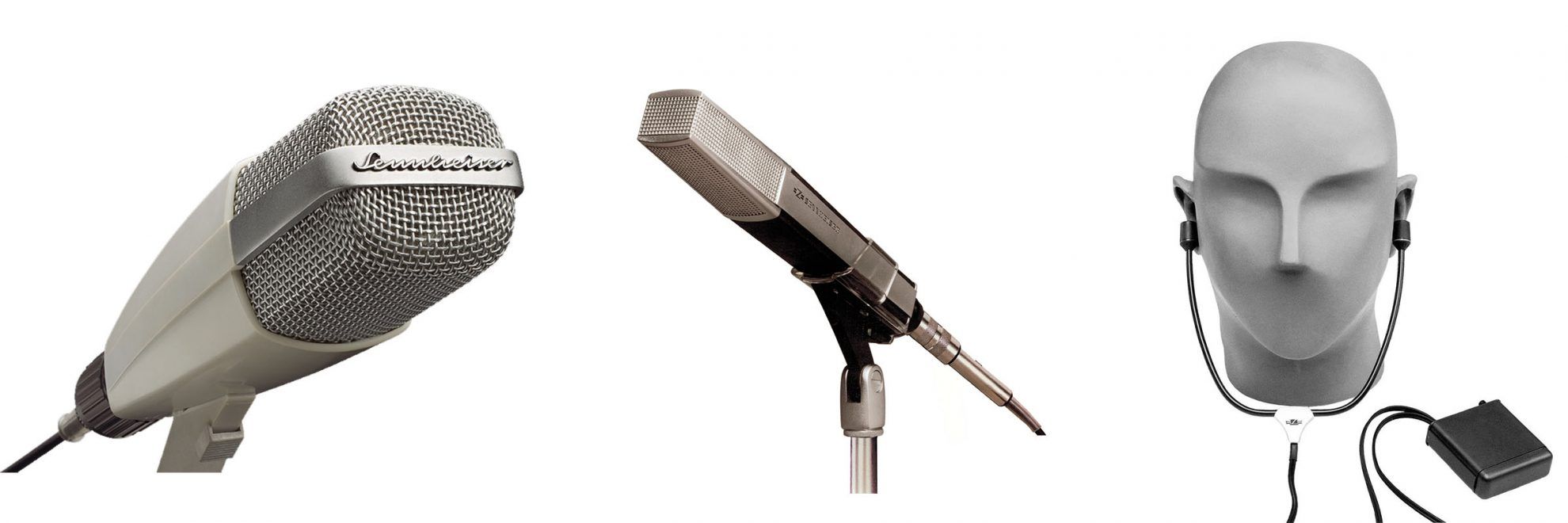
The first real break-through took place in 1968, when Sennheiser created the world’s first open-back headphones under the name HD 414, which was only accessible for professional use, to sound engineers and pilots until then. HD 414 was a bit ahead of its time and was quite similar to today’s headphones – fun fact: some of its parts and its iconic yellow earpads can still be found in Sennheiser’s warehouses today. More than 10 million items were sold of HD 414, which proved to be the most popular headphones of all times.

Legendary products
From 1982 on, a new era started for Sennheiser: Fritz Sennheiser handed over the management of the company to his son, Prof. Dr. Jörg Sennheiser. Slowly, but steadily, the internationalization of the family business started: the first sales subsidiary, Sennheiser France, was founded in 1988.Over time, further subsidiaries were launched, and nowadays, the company has a total of 21 subsidiaries worldwide.

The year 1988 was a milestone in Sennheiser’s history for other reasons, too, as this was the year when the HD 25 headphones entered the market. The iconic headphone which became the basic equipment of many DJs, was originally intended as high-class in-flight headphones on board Concorde. As the passenger aircraft flew quicker than the speed of sound, and reaching supersonic speed entailed a sonic boom, Sennheiser had to create headphones that could hold their ground amidst such circumstances, too. Of course, Sennheiser tackled the task with ease, so much so that the staff and passengers on board started to steal the headphones.
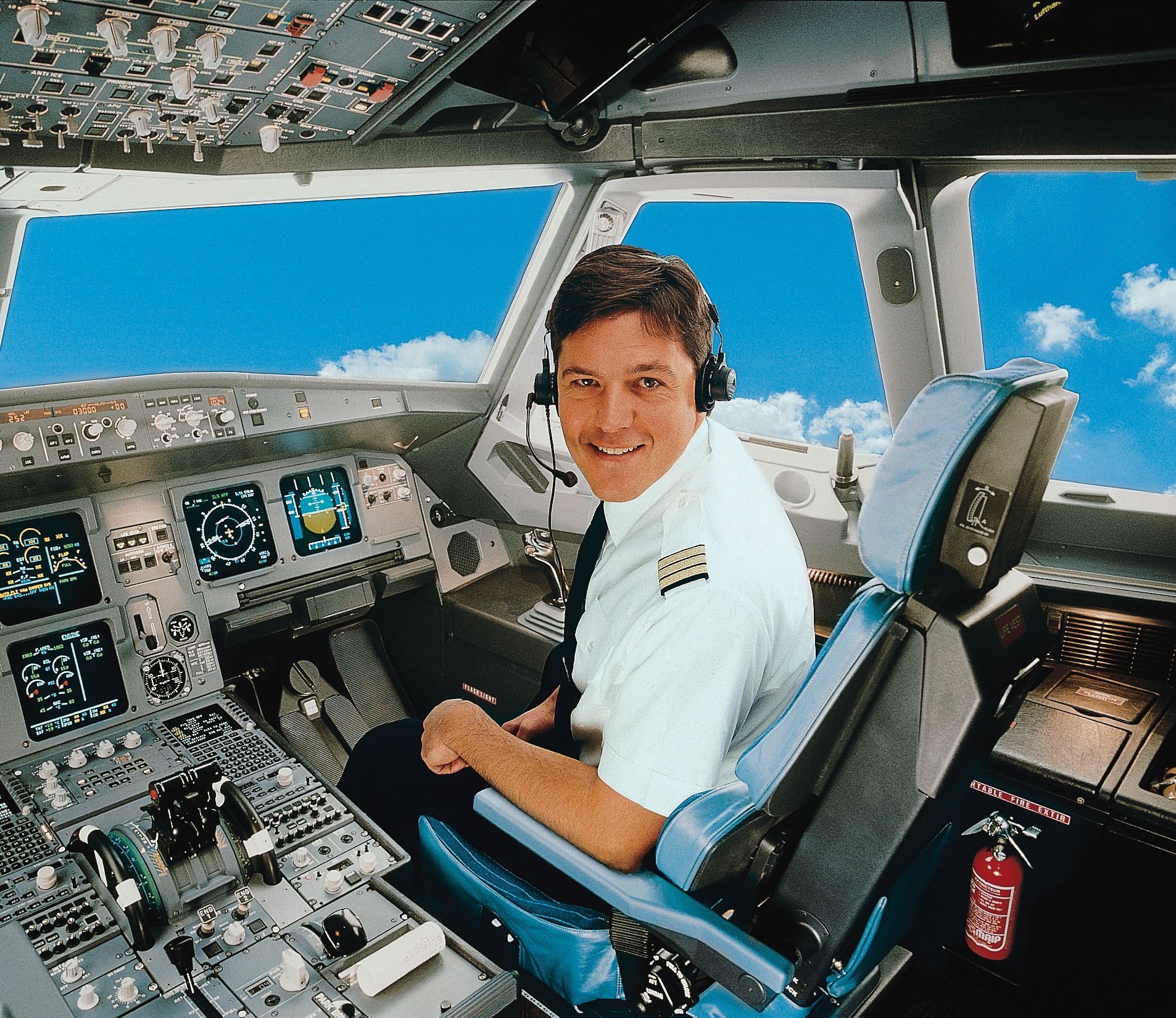
In 2013, Sennheiser celebrated the 25th anniversary of releasing the headphones by unveiling their HD 25 Aluminum headphones providing perfect audio experience. They even made a separate video about the back story of the device, watch it below.
But Sennheiser’s innovations did not come to an end here, as they released the Orpheus electrostatic headphones in 1991, a model that was considered the best headphones in the world for decades.
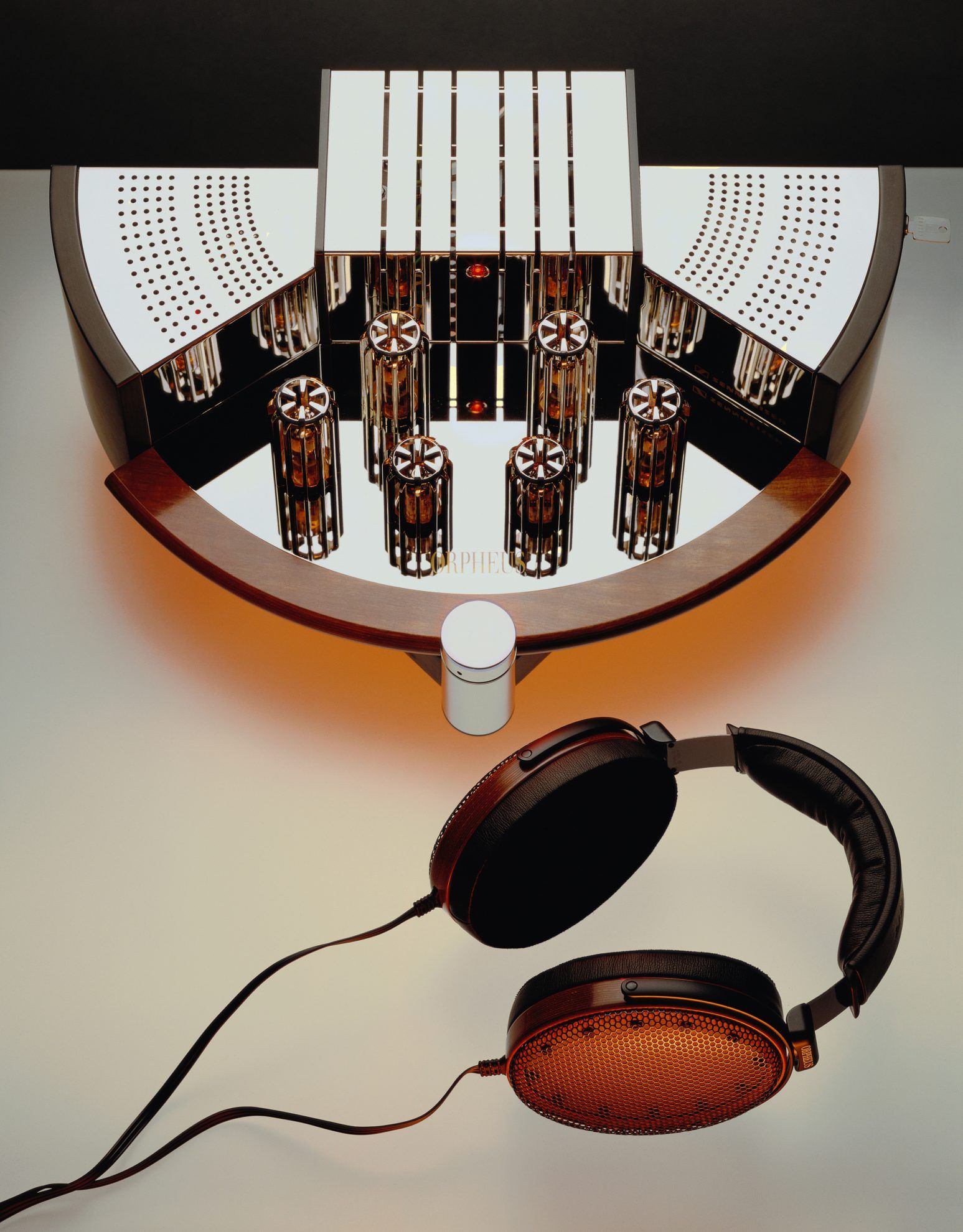
The worthy successor of Orpheus, the HE 1 model was presented to the public in 2015: the eye-catching yet functional look of the device is partly owing to the premium quality Carrara marble used as its material – the equipment is the manifestation of music itself.
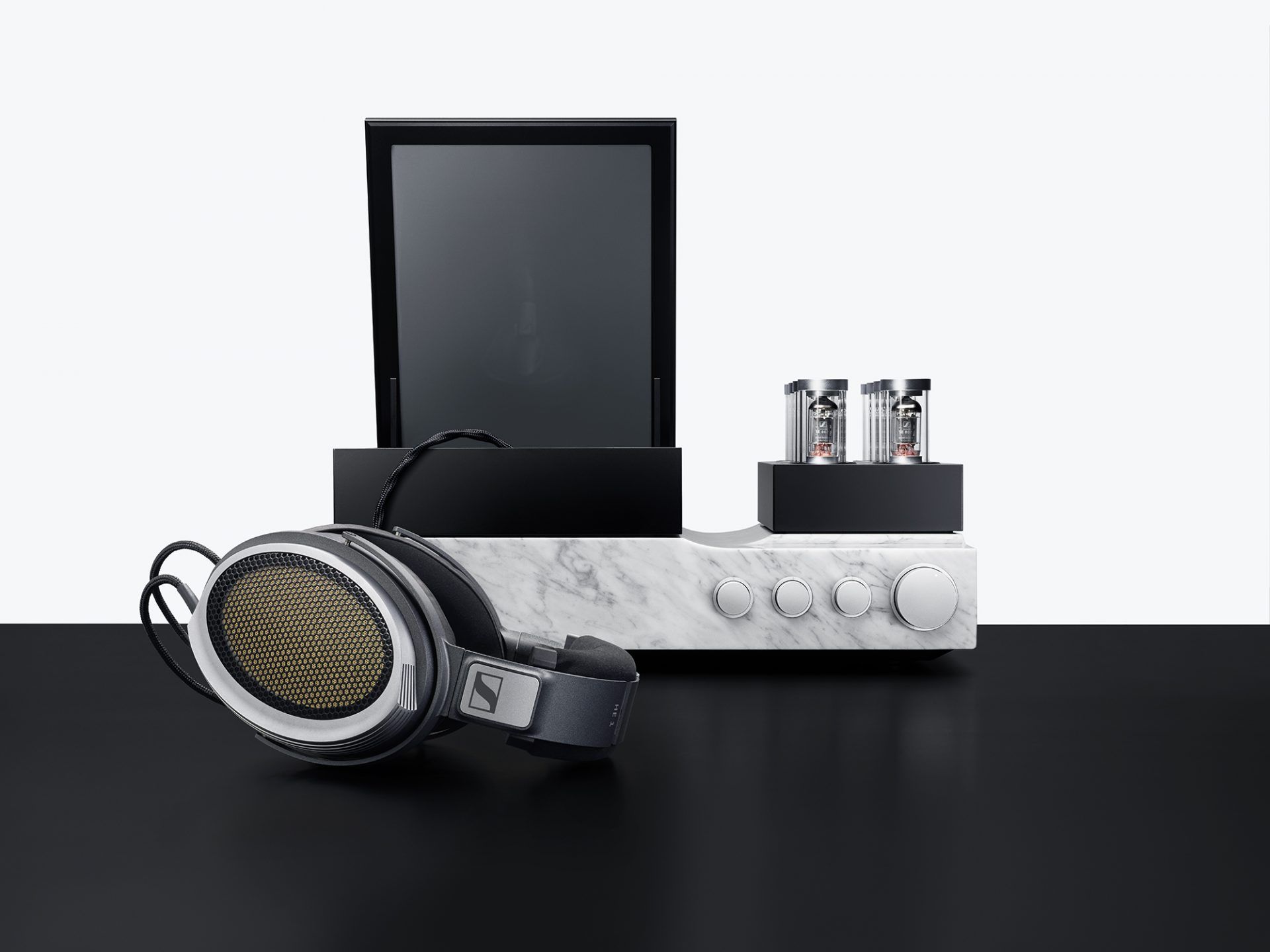
The nineties were not only prominent in terms of headphones for the brand, as the Evolution microphone series was released in 1998, followed by the Evolution wireless microphone series in 1999 – the product was immensely successful in the music industry, many stars still use Evolution microphones unto this day.
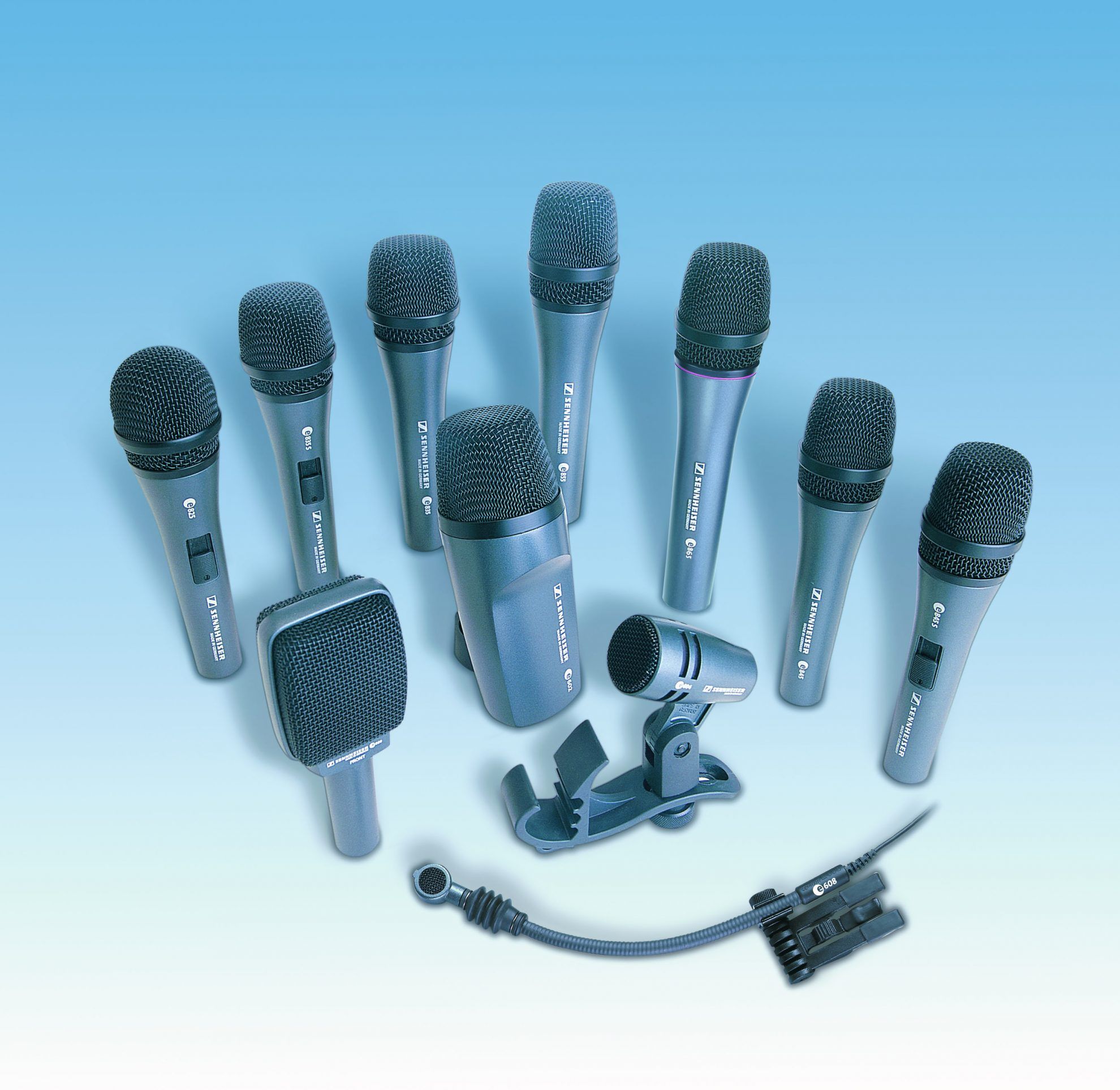
Modern times
Since 2013, Dr. Andreas Sennheiser and Daniel Sennheiser control the independent family business as co-CEOs with unbroken passion and commitment. Iconic products continue to be revealed in the new millennium: including the premium category wireless MOMENTUM headphones series combining precious materials and minimalist appearance, followed by many other wireless products.
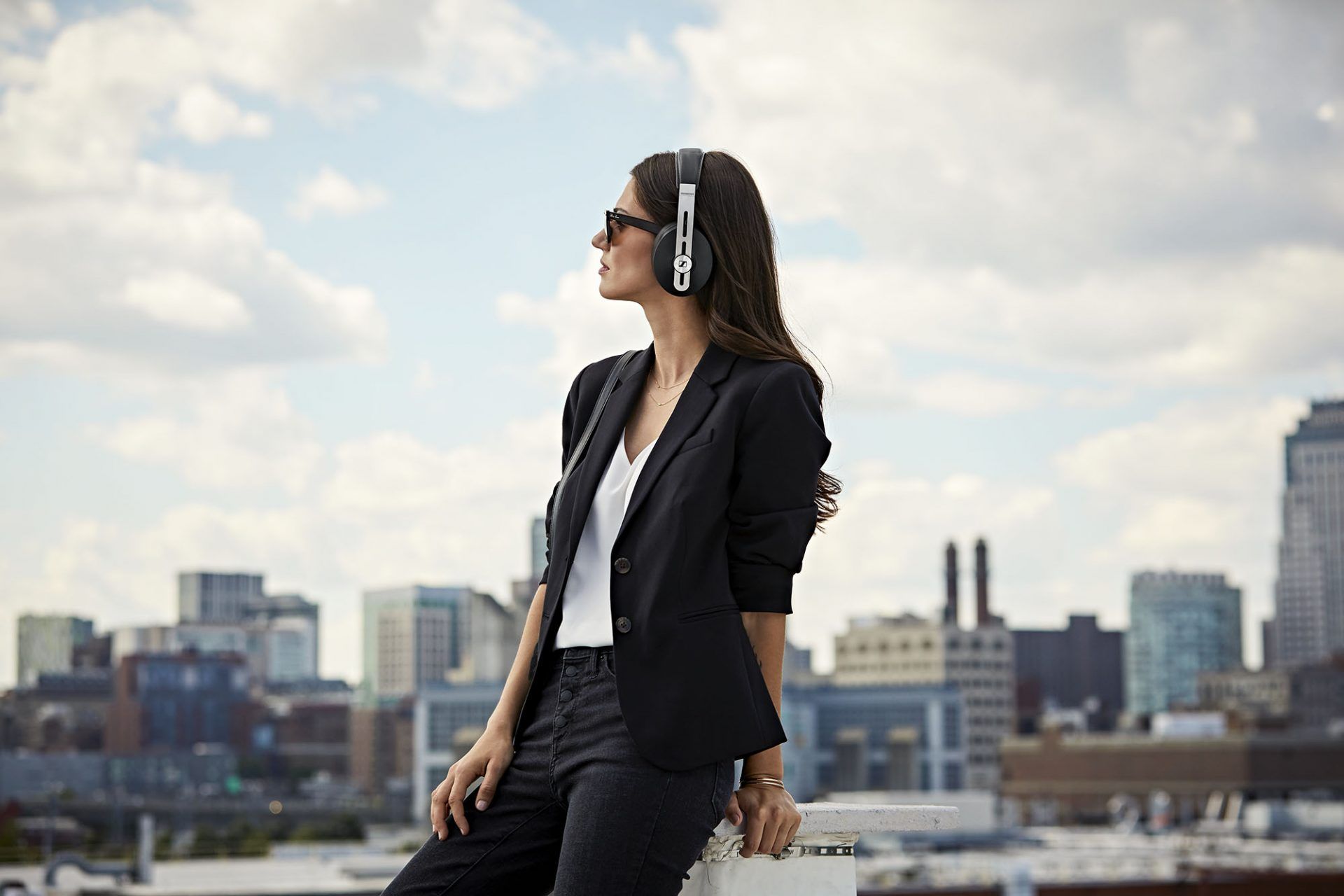
Further prominent examples include the Ambeo 3D audio technology program launched in 2016, under the aegis of which they created the AMBEO VR Mic that enables a spatial sound experience, followed by the AMBEO SMART HEADSET in 2017 for the consumer market, and the AMBEO Soundbar in 2019.
On the occasion of its 75th anniversary, Sennheiser prepared many stories and unique insights accessible on the anniversary website of the brand: employees, clients, friends and fans share their take on what makes Sennheiser so special in the form of videos and audio materials. To the delight of music fans, additional surprises will also be shared on the website, including the milestones of the company’s history and various anniversary discounts and limited edition products.
Source: Sennheiser
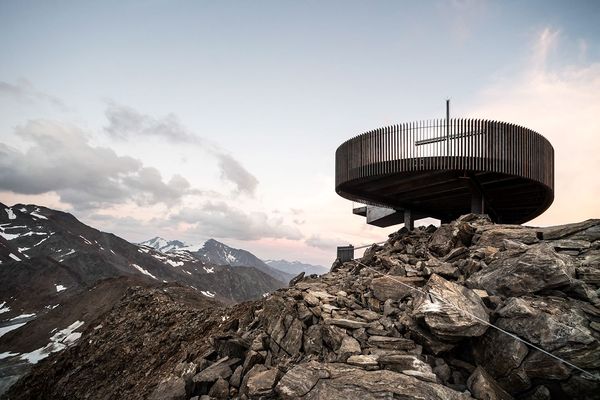
One with the mountains | The latest viewpoint in the Alps
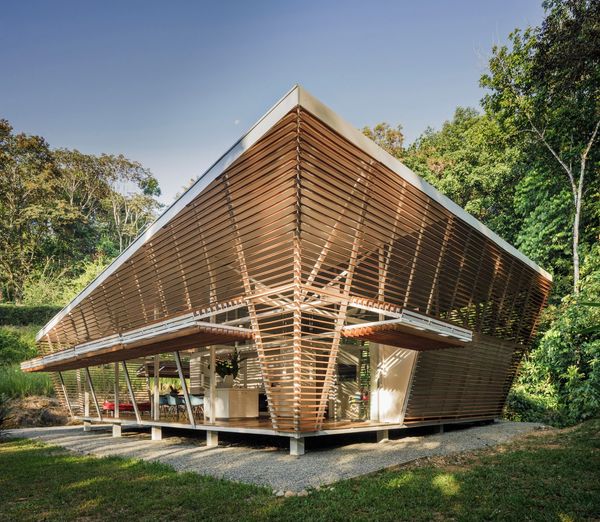
On the way to carbon neutrality | No Footprint House










